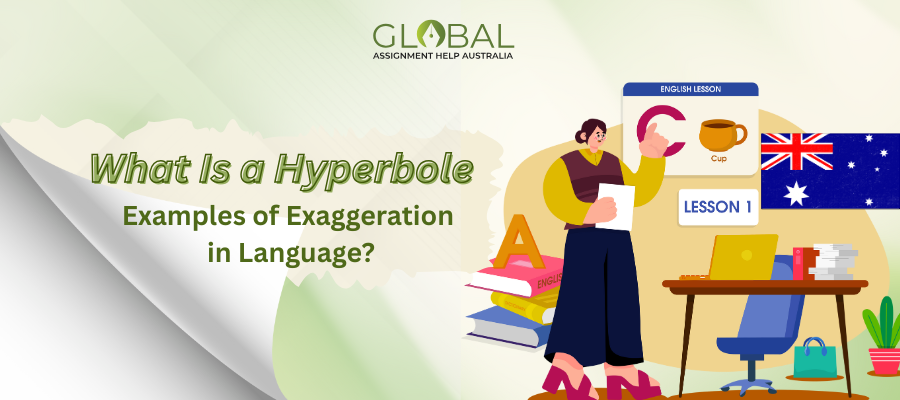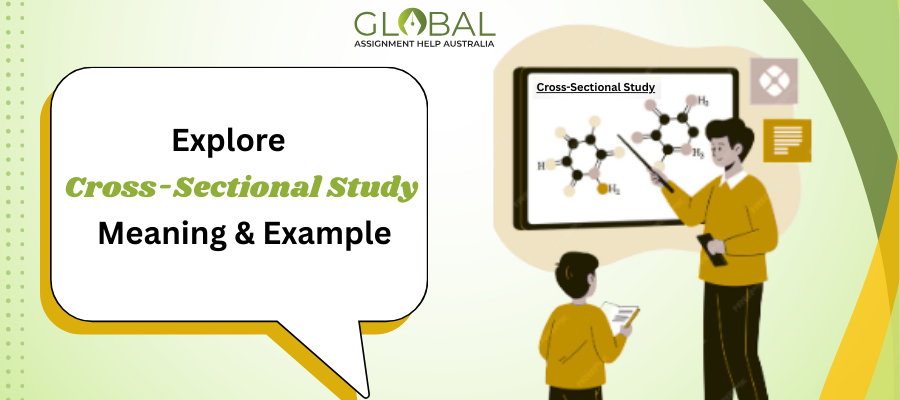 Offers
New
Order Now
Offers
New
Order Now
Punctuation is a way to enhance your writing skills and the cadence of your document. Still, most students do need to learn about them. They need to remember the grammar chapter and what is
punctuation . But worry not; in this blog, you will find a whole description of different types of punctuation with examples. So, let us begin by learning about its meaning first.
Punctuation marks are a crucial part of a written work that makes it efficient. They are used to express ideas or guide the reader in deciding when to pause and stop. There are punctuation marks, like full stops, question marks, and commas. You must learn about each of them to improve your grammar. Moreover, it is a crucial part of your writing; you must read the following section to know more about its importance.
Using correct punctuation is considered significant in writing. Appropriate placement of punctuation acts as a guide for the readers to understand the ideas expressed in the sentence. It tells the readers to slow down or speed up while reading a sentence. The following are the reasons that make punctuation necessary.

Firstly, it helps the reader understand your content as it provides a role for each word in a sentence. You must learn about it and place your punctuation marks correctly.
Punctuation marks are essential to crafting accurate content as they are part of the grammar that makes your writing perfect. Thus, you must learn about punctuation to improve your writing.
Punctuation marks are an essential part of the structure of a sentence. It tells us about the role that each word plays in a sentence. Thus, you must know where to place what punctuation for better structuring of the sentence.
Punctuation marks guide readers while they read the content. They tell them when to stop, when to take pause, and more. This would not have been possible without punctuation.
Thus, you must learn the correct usage of each type of punctuation. But, for that, you also need to know about different types of punctuation, so read the following section to learn more about it.
Get A+ Grades NowIn this section, you will learn about different types of punctuation that you must know to enhance your grammar and eliminate errors. You can also take online assignment help, if you struggle with academic tasks. Thus, you must read this section properly to improve your writing and make it effective.
The first type when comes to mind explaining punctuation is known as full stop, it is put at the end of the sentence. This punctuation is mostly used at the end of declarative and imperative sentences. Full stops are used for marking a longer pause. Moreover, it also marks the end of a thought and the beginning of other.
An exclamation is a vertical line with a dot at its bottom. As its name suggests, it is used at the end of any exclamatory sentence, command, or interjection. Moreover, it is also used to add emotion or emphasise any part of the speech.
The question mark is used at the end of a sentence that asks a direct question. Sentences that start with when, where, who, how, or what ends with this punctuation mark.
A comma is a punctuation mark, it is used for separating the phrases or clauses in a sentence. Moreover, it is also used for mentioning lists or different items. It can also be used in between the sentence where there is a slight pause.
A semi-colon is a punctuation mark that is used for separating independent clauses in a compound sentence. Moreover, you can also use it to separate different lists in a sentence. It is used to mark a longer pause than a comma.
Colon is a punctuation mark has two dots of equal sizes that are placed vertically. It is used for introducing anything, it can be an example, a list, or quotation mark.
Go Ahead and Check Out Our Customer Reviews
Inverted commas are another type of punctuation mark that is used to show that someone else is speaking in a sentence. There are two types of inverted commas: the first is single, and the other is double. Both of them are acceptable in the same piece of writing.
The apostrophe is multi-functional punctuation, but the primary function of this is to indicate the ownership of a person on any object. Next, it is also used to indicate any number's plural form or denote the missing letter and form contractions.
This punctuation is known as brackets, they are used for clarifying complex terms or explanation. Moreover, it can also be used for clarifying and explaining punctuation when quoting another person text.
Square brackets are used for adding quotations. They serve a similar function to normal brackets. However, they are used around words that are not present in the original content.
A slash is a slanting line that is used instead of 'or'. Moreover, it can also be used to denote the availability of options or choices. Different types of slash are used: forward slash (/), backward slash (\), and vertical slash (|).
A hyphen is a punctuation mark that combines two words to form complex words. Moreover, it is also used at the end of a sentence and the beginning of the other.
Ellipses is a three periods that are used together for representing an omission of words or letters. It is used of leaving unnecessary words out. Moreover, for better understanding you can also look at examples of punctuation.
Dash is a punctuation mark that resembles a hyphen but is longer. It indicates a longer pause compared to a comma and colon. Simply put, it is a punctuation mark that indicates a break.
The above description is enough to remind you of all the grammar books you have ignored in school. But worry not; the above explanation can help you learn about types of punctuation. Now that you have understood its type, it is time to move to the next section and look at some examples to know its correct usage. You can also use grammar checker free if you struggle with it.
|
Punctuation |
Symbol |
Example |
|
Full Stop |
. |
John walks through park everyday. She loves to eat ice-cream. |
|
Question Mark |
? |
Can I borrow your pencil? Have you finished your work? |
|
Exclamation Mark |
! |
What a sunny day! Oh my god! You're right! Its freezing here! |
|
Comma |
, |
Anna enjoys running, walking, and dancing. That girl, who lives in Sydney, enjoys playing pool. |
|
Colon |
: |
The things that I need in my bag: wallet, keys, lipstick, and a scrunchy. The rule was clear: there can be only one player in each team. |
|
Semi-Colon |
; |
I am reading a fiction; its impossible to stop. |
|
Inverted Commas |
“ ” |
"Will you eat that apple?" she asked. |
|
Apostrophe |
‘ |
This is my sister's cat |
|
Hyphen |
- |
I went for dinner Mother-In-Law. She was accused of having a pro-British sympathy. |
|
Ellipsis |
... |
"My puppy...he's gone..." “Hello?...Yes, this is Naya” |
|
Slash |
/ |
Roses are red/ Violets are blue/ Why are you feeling alone? We are there for you! |
|
Square Brackets |
[ ] |
She [the teacher] loves her students. |
|
Brackets |
( ) |
I read the novel (The Great Gatsby) in my college. |
|
Dash |
— |
The three male lead characters —The sister, the mother, the grandmother. |
Please understand the above table correctly. Go through it, and you will notice fewer errors in your writing. However, you can get our assistance with your write-ups. if you face any issues On our platform, we can provide you with expert services. Want to know how? Read the following section for it.
Contact Now for HelpThe above informative description about punctuation must have helped you to learn all aboutwhat is punctuation. Here, we discussed its meaning, importance, types, and examples. So, you must now know the correct usage of each of them. However, if you still have issues with your writing, you can contact us at Global Assignment Help Australia. We can help you with any writing task. At our platform, you get assistance from experts who are highly educated and are graduates from renowned universities around the world. Thus, do not waste your time and order from us now!
You May Also Like To Read-

Grab this exclusive offer and start your journey to savings today! Act quickly, as this special offer won't be around for long!

This blog explains what is a hyperbole, provides engaging examples, & explores how to use hyperbole.

Explore 150+ funny debate topics to spark laughter, creativity, and lively discussions in 2025

Cross-Sectional Study basics explained with steps, examples, and comparisons.
Limited Time Offer
Exclusive Library Membership + FREE Wallet Balance
1 Month Access !
5000 Student Samples
+10,000 Answers by Experts
Get $300 Now
Update your Number

